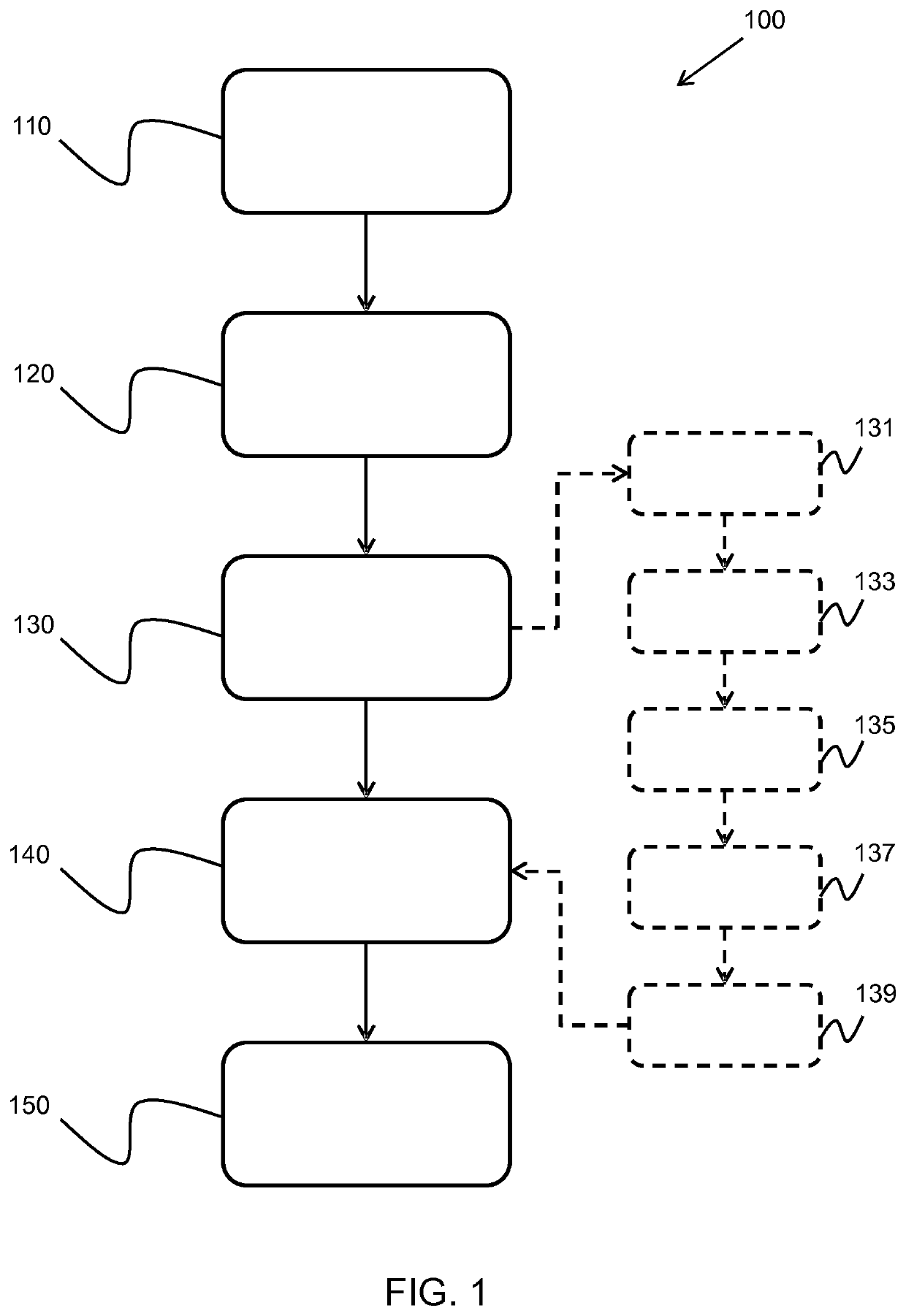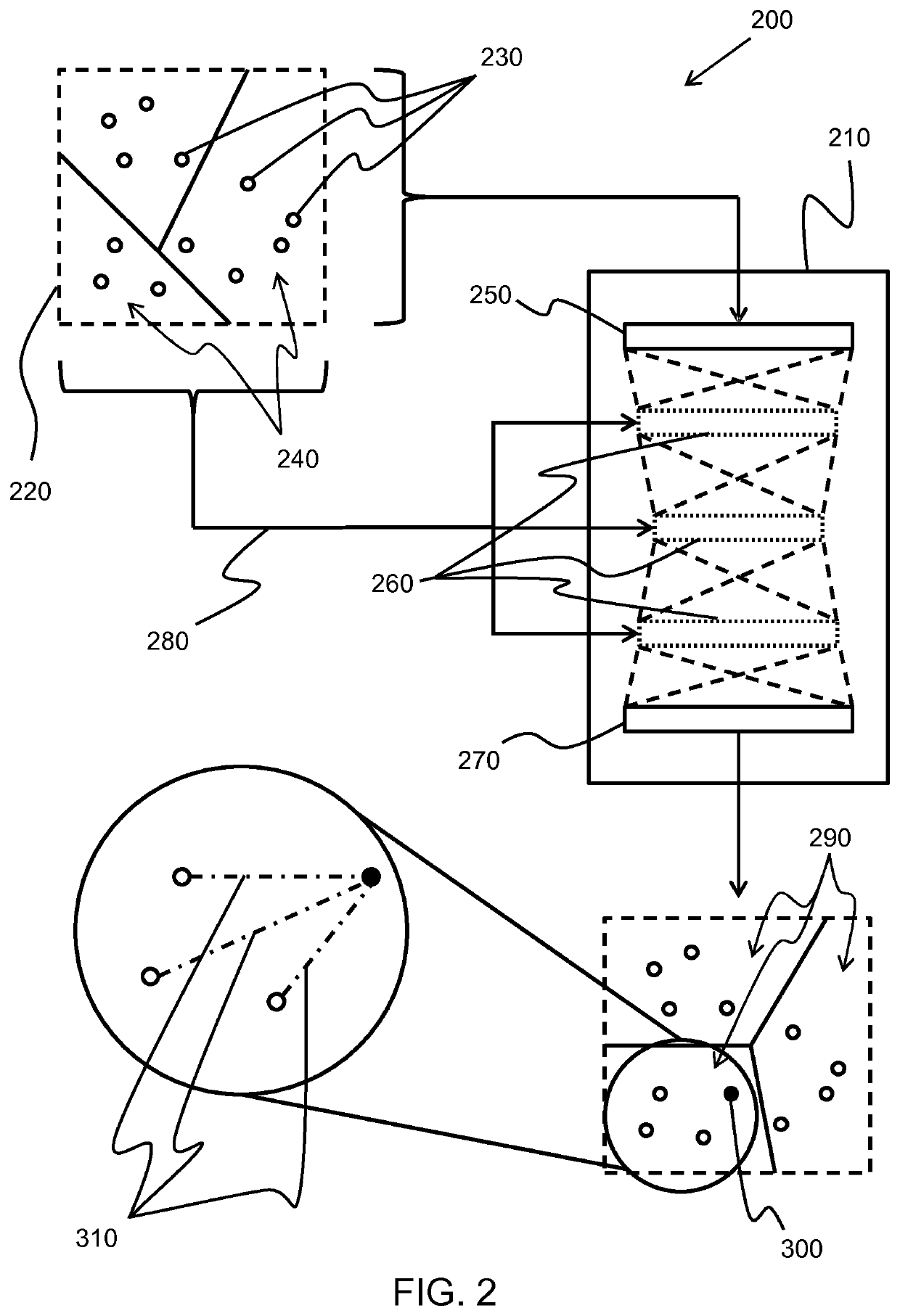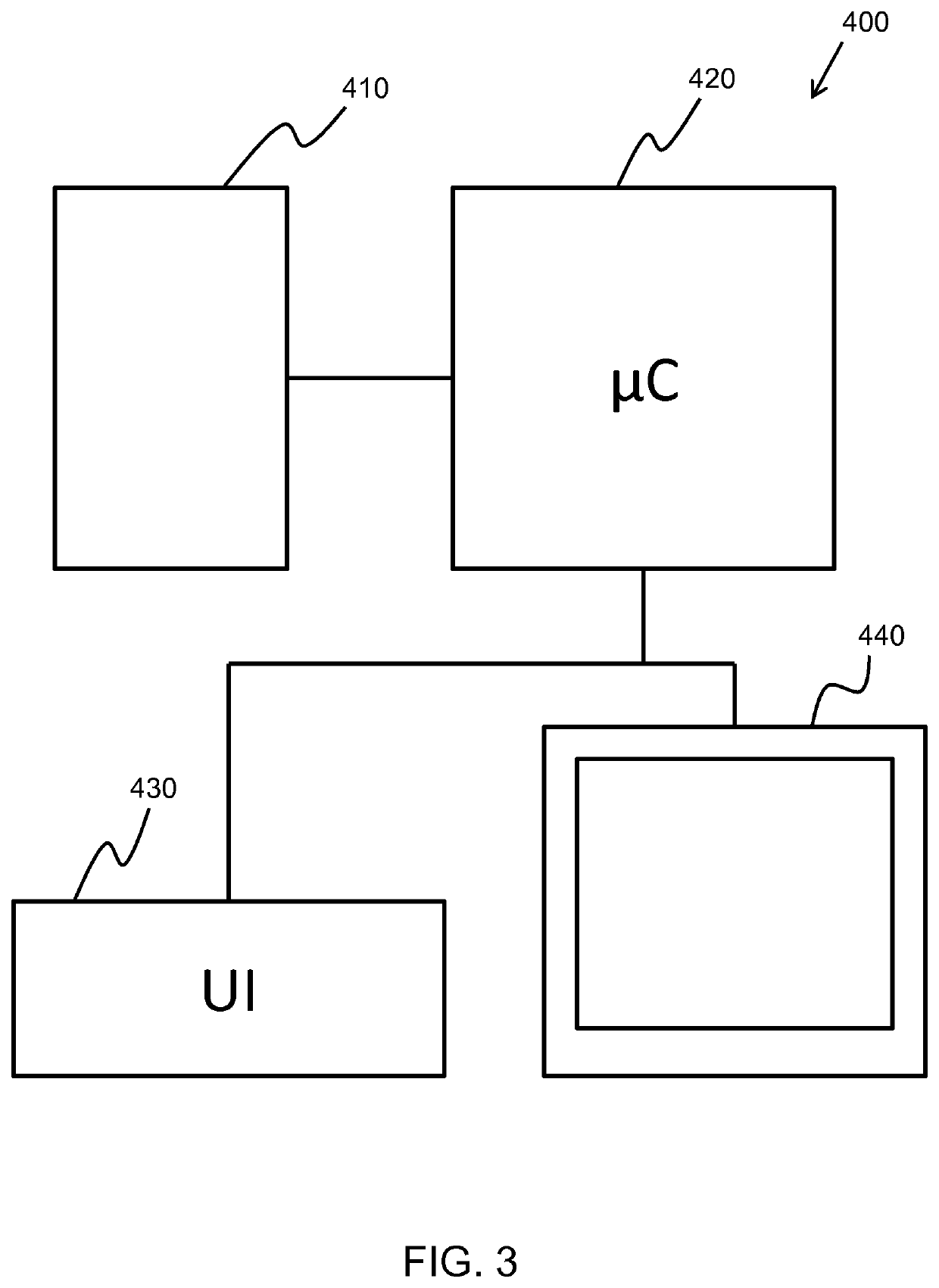Evaluating input data using a deep learning algorithm
- Summary
- Abstract
- Description
- Claims
- Application Information
AI Technical Summary
Benefits of technology
Problems solved by technology
Method used
Image
Examples
Embodiment Construction
[0090]Embodiments of the invention provides a method for evaluating a set of input data, the input data comprising at least one of: clinical data of a subject; genomic data of a subject; clinical data of a plurality of subjects; and genomic data of a plurality of subjects, using a deep learning algorithm. The method includes obtaining a set of input data, wherein the set of input data comprises raw data arranged into a plurality of data clusters and tuning the deep learning algorithm based on the plurality of data clusters. The deep learning algorithm comprises: an input layer; an output layer; and a plurality of hidden layers. The method further includes performing statistical clustering on the raw data using the deep learning algorithm, thereby generating statistical clusters and obtaining a marker from each statistical cluster. Finally, the set of input data is evaluated based on the markers to derive data of medical relevance in respect of the subject or subjects.
[0091]FIG. 1 sh...
PUM
 Login to View More
Login to View More Abstract
Description
Claims
Application Information
 Login to View More
Login to View More - R&D
- Intellectual Property
- Life Sciences
- Materials
- Tech Scout
- Unparalleled Data Quality
- Higher Quality Content
- 60% Fewer Hallucinations
Browse by: Latest US Patents, China's latest patents, Technical Efficacy Thesaurus, Application Domain, Technology Topic, Popular Technical Reports.
© 2025 PatSnap. All rights reserved.Legal|Privacy policy|Modern Slavery Act Transparency Statement|Sitemap|About US| Contact US: help@patsnap.com



